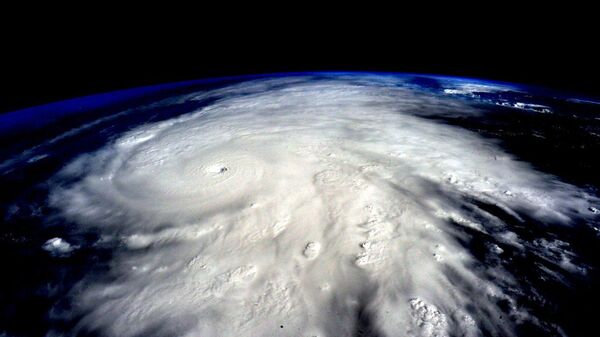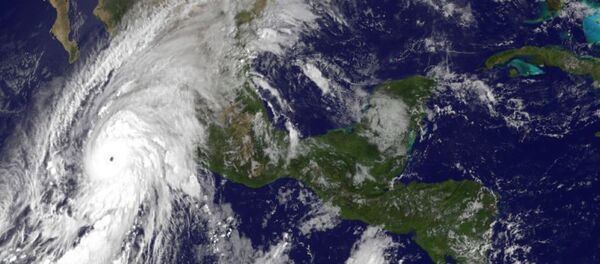Astronaut Scott Kelly published this photo of Hurricane Patricia as seen from the international space station (ISS) pic.twitter.com/DE50U5mhGA
— Best Storm Pictures (@BestStormPics) October 26, 2015
NASA Tracks Hurricane Patricia's Remnants Through Gulf States https://t.co/6sKQkEm6hB pic.twitter.com/P6TdU82GEH
— NASA Goddard (@NASAGoddard) October 26, 2015
Though no casualties have been reported, the storm resulted in the destruction of “multiple homes,” according to news outlet El Universal, as well as the devastation of crops in Michoacan state.
In the wake of Hurricane Patricia, damage is still being assessed across rural regions of Mexico. pic.twitter.com/mCK8VRw9qI
— AJ+ (@ajplus) October 26, 2015
Patricia made its way through relatively sparsely populated areas of the country; had its course changed, it could easily have been much more deadly.
But how did Patricia get so big? Meteorologist Eric Holthaus pointed to warm ocean temperatures, high atmospheric humidity, rising sea levels and El Niño as factors contributing to the storm’s strength. It was, for Holthaus, an example of a new type of “terrifying” storm, which is likely to hit the world with increasing regularity in the future.
#GPM rainfall totals from hurricane #Patricia, strongest western hemisphere storm on record https://t.co/I6k7BB38jH pic.twitter.com/69vzkbm17E
— GPM & TRMM Missions (@NASA_Rain) October 26, 2015
Michael Mann, a climate researcher at Penn State University, reiterated that fact in an interview with the Washington Post, saying hurricanes like Patricia are a direct result of climate change issues that the future world will have to deal with.
"Hurricane Patricia, and her unprecedented 200 mile-per-hour sustained winds, appears to be one of them now, unfortunately," he said.
While politicians talk in circles and fail to implement policies to protect against the factors behind natural disasters like Patricia, measures need to be taken as soon as it possible to prevent future cataclysms that pose a threat to the whole world, according to Dipti Bhatnagar, Friends of the Earth International's climate justice and energy coordinator.
"We are facing a planetary emergency with floods, storms, droughts and rising seas causing devastation,” Bhatnagar said. “The risk of irreversible climate change draws ever closer, and hundreds of thousands of people have already paid with their lives."




